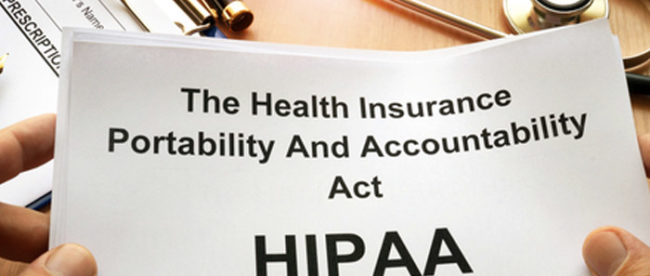An Unbiased View of Pacific Prime
The Main Principles Of Pacific Prime
Table of ContentsThe 25-Second Trick For Pacific PrimeThe Pacific Prime IdeasThe Facts About Pacific Prime UncoveredThe Buzz on Pacific PrimePacific Prime Things To Know Before You Get This

This is since the information were gathered for a duration of solid economic efficiency. Of the estimated 42 million people that were uninsured, almost concerning 420,000 (about 1 percent) were under 65 years old, the age at which most Americans come to be eligible for Medicare; 32 million were adults in between ages 18 and 65, around 19 percent of all adults in this age; and 10 million were kids under 18 years old, concerning 13.9 percent of all youngsters (Mills, 2000).
These estimates of the number of individuals uninsured are generated from the annual March Supplement to the Present Population Survey (CPS), performed by the Demographics Bureau. Unless or else noted, nationwide price quotes of people without medical insurance and proportions of the population with different sort of insurance coverage are based upon the CPS, the most widely utilized resource of price quotes of insurance coverage and uninsurance rates.
Not known Facts About Pacific Prime

Still, the CPS is especially helpful since it produces annual price quotes reasonably swiftly, reporting the previous year's insurance protection approximates each September, and since it is the basis for a regular set of estimates for more than 20 years, enabling analysis of fads in coverage in time. For these reasons, in addition to the comprehensive use of the CPS in various other studies of insurance policy protection that are presented in this report, we count on CPS price quotes, with limitations noted.

The estimate of the variety of uninsured individuals expands when a populace's insurance standing is tracked for a number of years. Over a three-year period starting early in 1993, 72 million people, 29 percent of the united state populace, were without coverage for at the very least one month. Within a single year (1994 ), 53 million people experienced a minimum of a month without protection (Bennefield, 1998a)
Six out of every 10 uninsured adults are themselves employed. Although functioning does enhance the possibility that a person and one's household participants will certainly have insurance coverage, it is not a warranty. Also participants of households with two full time breadwinner have almost a one-in-ten chance of being uninsured (9.1 percent uninsured rate) (Hoffman and Pohl, 2000).
Rumored Buzz on Pacific Prime
New immigrants represent a substantial proportion of people without medical insurance. One analysis has actually attributed a significant part of the current growth in the size of the united state without insurance her explanation population to immigrants who got here in the nation between 1994 and 1998 (Camarota and Edwards, 2000). Recent immigrants (those who concerned the USA within the previous 4 years) do have a high rate of being without insurance (46 percent), but they and their kids account for just 6 percent of those without insurance policy nationally (Holahan et al., 2001).
The connection in between medical insurance and access to care is well established, as recorded later on in this phase. The partnership in between wellness insurance and wellness outcomes is neither direct neither straightforward, an extensive scientific and wellness solutions research study literature web links health and wellness insurance coverage to better accessibility to care, better high quality, and improved personal and populace wellness status.
Degrees of analysis for taking a look at the impacts of uninsurance. It concentrates particularly on those without any kind of health insurance for any length of time.
Everything about Pacific Prime
The issues faced by the underinsured remain in some respects comparable to those faced by the uninsured, although they are generally less severe. global health insurance. Uninsurance and underinsurance, however, include definitely different policy concerns, and the approaches for resolving them may vary. Throughout this study and the five reports to adhere to, the primary emphasis gets on individuals without medical insurance and thus no assistance in spending for health and wellness care beyond what is available with charity and safeguard institutions
Health insurance policy is a powerful factor affecting receipt of care since both clients and medical professionals reply to the out-of-pocket price of services - https://www.tripadvisor.in/Profile/pacificpr1me. Health and wellness insurance, nevertheless, is neither required nor sufficient to access to medical services. However, the independent and straight impact of wellness insurance policy protection on accessibility to wellness services is well developed.
Others will certainly acquire the healthcare they require even without medical insurance, by paying for it expense or seeking it from suppliers that supply care complimentary or at highly subsidized prices. For still others, medical insurance alone does not make certain receipt of care since of other nonfinancial obstacles, such as a lack of health and wellness treatment service providers in their neighborhood, minimal access to transport, illiteracy, or etymological and social differences.
The 4-Minute Rule for Pacific Prime
Formal study about without insurance populaces in the United States dates to the late 1920s and very early 1930s when the Board on the Cost of Healthcare created a collection of records regarding funding doctor office brows through and hospitalizations. This issue became salient as the numbers of clinically indigent climbed throughout the Great Clinical depression.